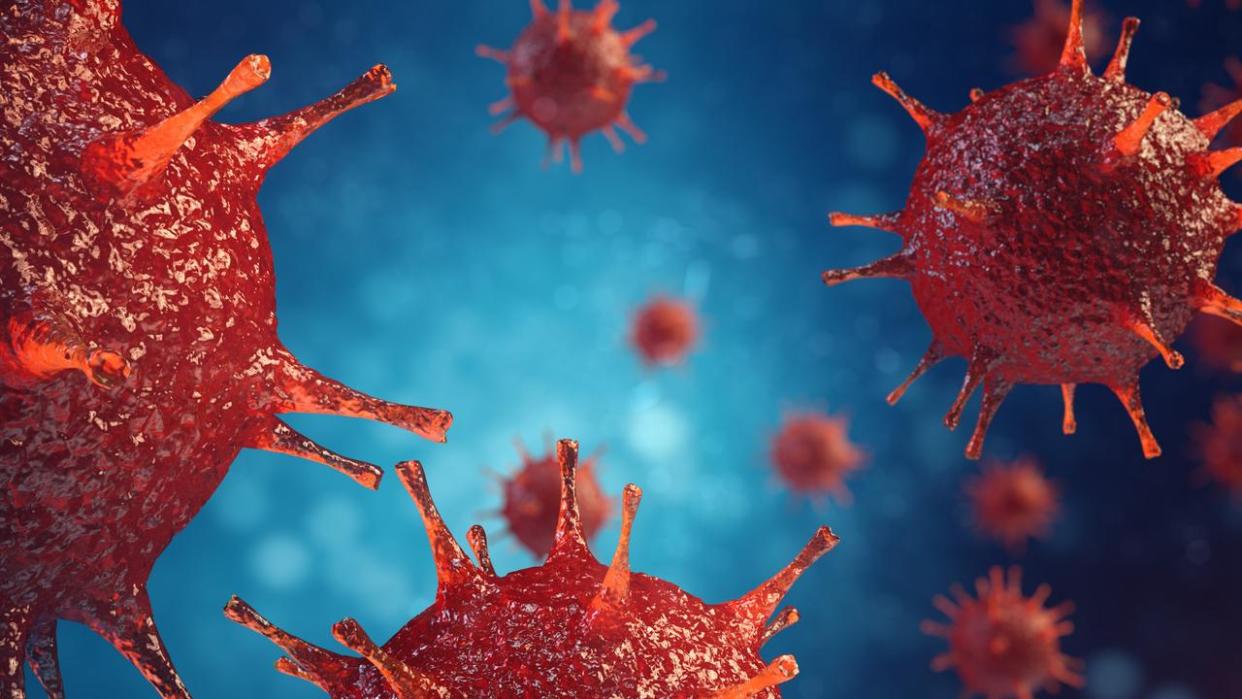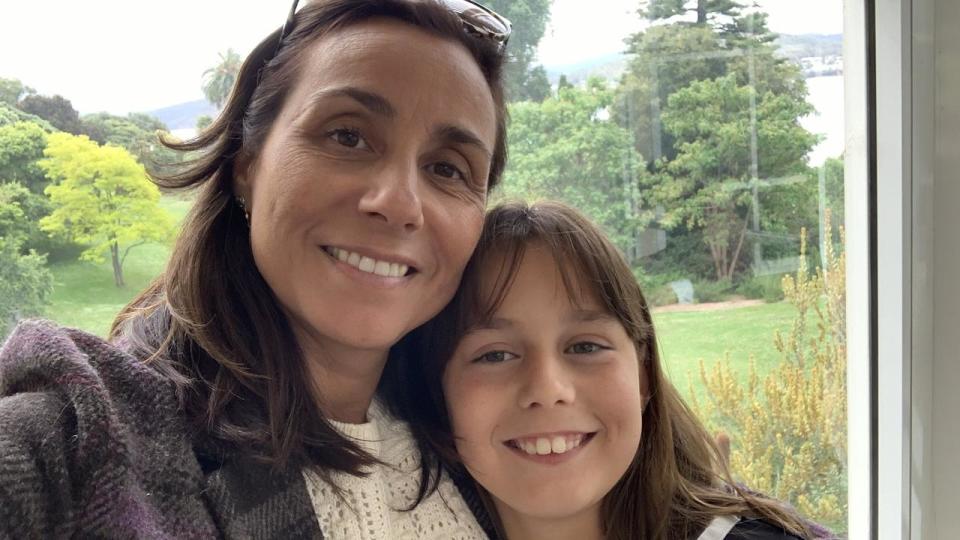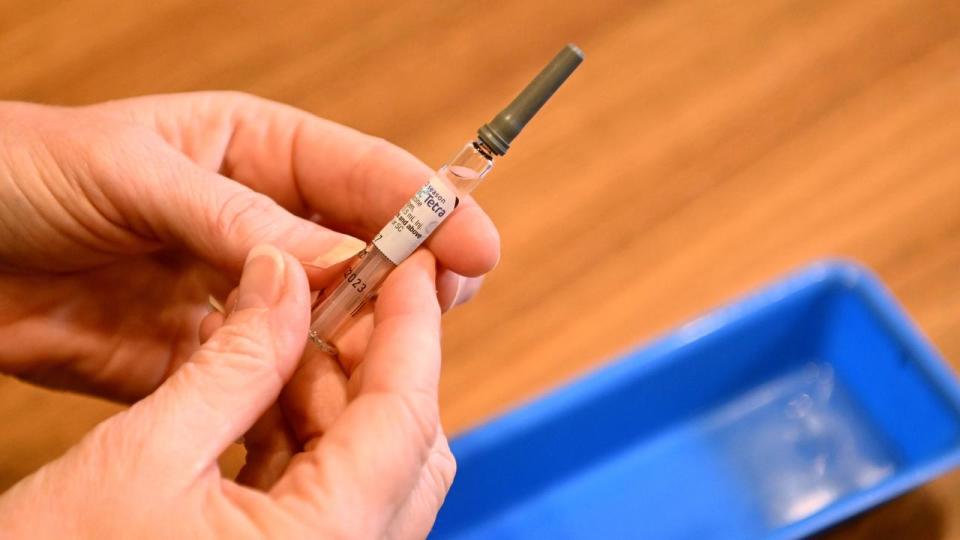Family ‘torn apart’ by 11yo’s flu death

An 11-year-old Queensland girl who died after catching Influenza B has been identified.
Emma Schwab, from Noosa, died last Thursday in Sunshine Coast University Hospital after contracting the disease.
It’s understood she had sought private treatment for the illness before presenting to hospital.
A spokesperson for Sunshine Coast University Hospital extended condolences to the girl’s family in a statement on Wednesday.

“Their experience is heartbreaking for everyone involved,” the spokesperson said.
“Our clinicians are providing support to the family.”
However, the hospital declined to comment on the individual circumstances of the matter.
A GoFundMe has been set up to help her devastated parents pay for her funeral.
“Understandably the family is torn apart and any support would be greatly appreciated,” the organiser wrote.
The fund is only a few hundred dollars away from its $10,000 goal.

The news comes just a day after it was reported a Year 9 student on the NSW Central Coast also died from the influenza B strain.
Her school, St Joseph’s Catholic College in East Gosford, remembered the girl as a “a well-loved student, thoughtful to the needs of others, a true friend and a valued member of our college community,” in a letter to parents.
Both deaths come just days after a reported 37 per cent increase in NSW emergency department presentations with influenza-like illness, and a 30 per cent increase in admissions to hospital in the week to July 2, compared to the previous week.
Children under 16 represented about half (54 per cent) of all ED presentations for influenza-like illness, and more than a third (around 40 per cent) of all influenza-like illness hospital admissions in the past week.

The latest fortnightly Australian Influenza Surveillance Report (AISR), covering June 12-25 and published on June 30, showed in the year to June 25 there were 116,473 notifications reported to the National Notifiable Diseases Surveillance System (NNDSS) in Australia.
Of those, 29,315 notifications were diagnosed in that reporting fortnight alone.
The report also covers vaccination rates, however, it’s too early in the flu season to be able to chart their effectiveness.
A Queensland Health fact sheet on influenza says while there are four strains of the virus (A-D), A and B strains are the most likely to cause flu outbreaks, with C in only some rare cases, while D only affects animals.
“Greater protection against influenza infection is observed in people who receive yearly influenza vaccination compared to those who did not receive any influenza vaccination,” it reads.
In May, three-year-old Muhammed Saadiq died in Perth’s Fiona Stanley Hospital after suffering cardiac arrest caused by an influenza A infection.


